Original forum discussion from January 2017: https://www.brutman.com/forums/viewtopic.php?f=1&t=607
One of the slots (2x15 contacts) of IBM PCjr are intended to be occupied by modem, so we can re-use it, because that modem was useless anyway ( 300 bod : )
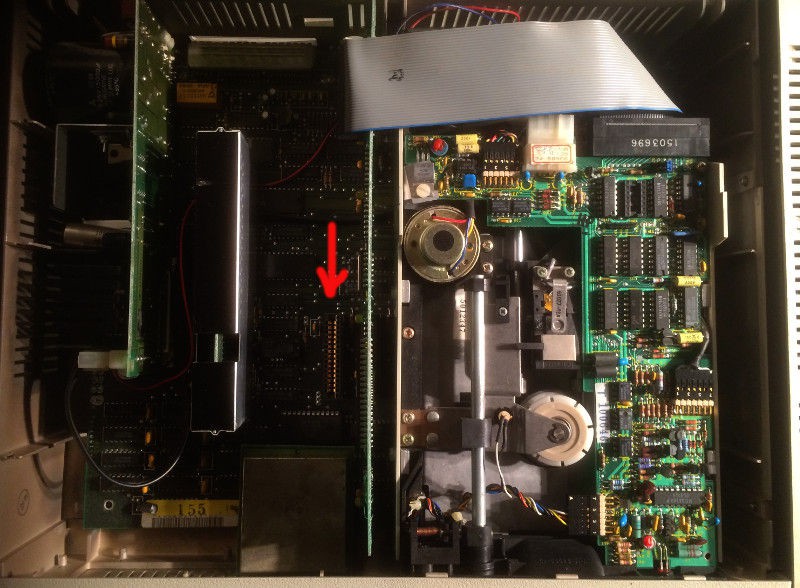
This is PCjr modem that I also have - I need to measure it and copy board dimensions properly:
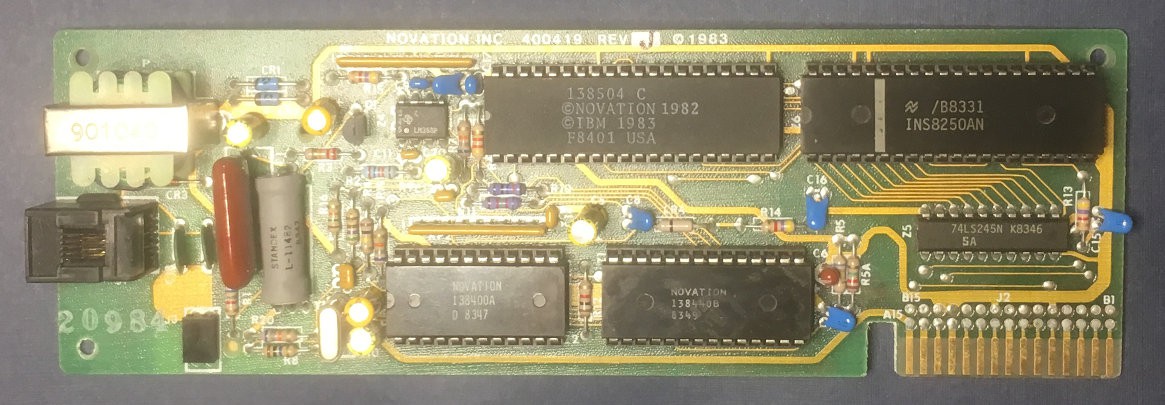
Existing hole on the back could be used to insert Ethernet jack instead of Phone
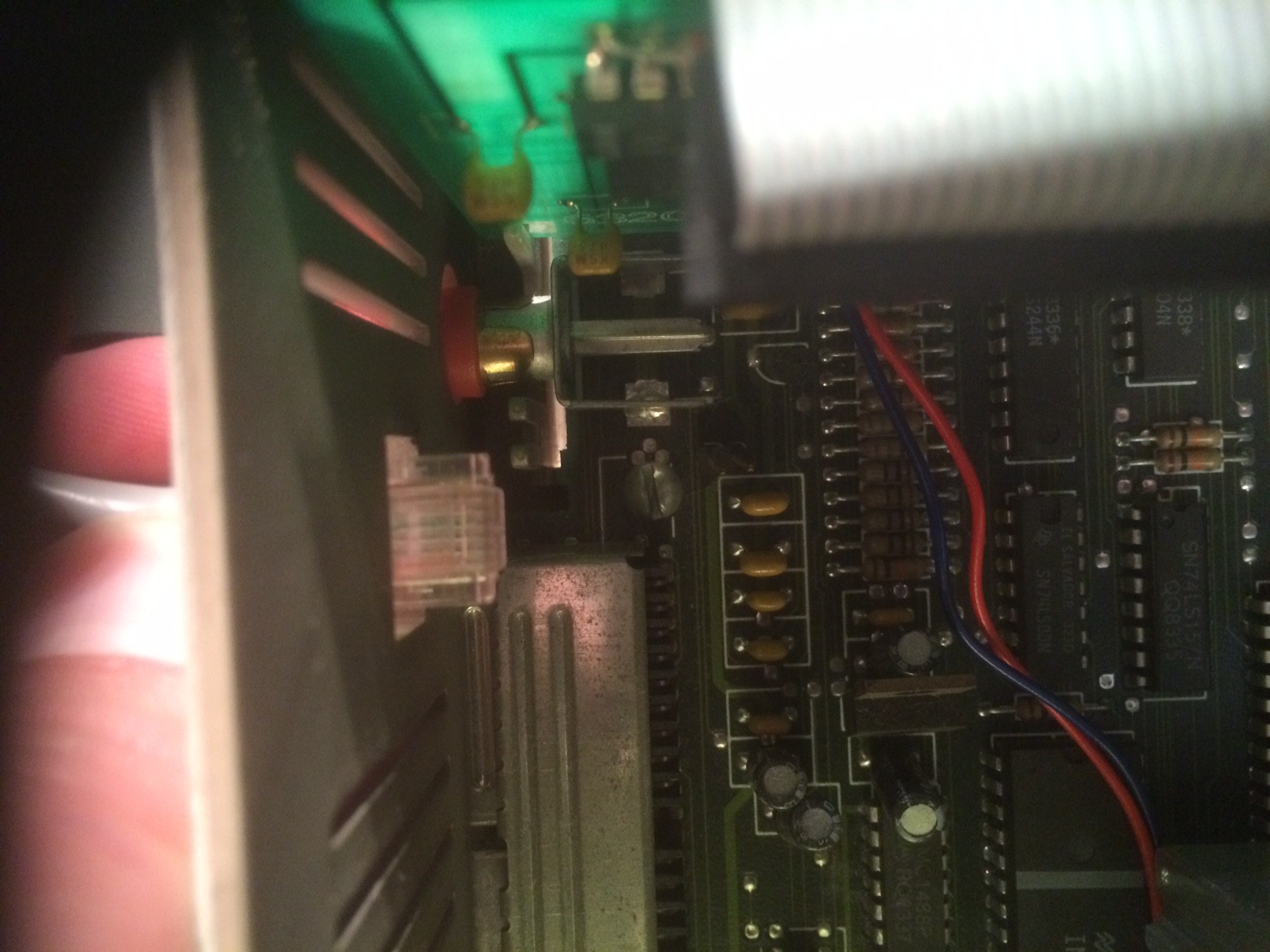
WizNET board could be located this way (upside down) to match a shape of the hole:
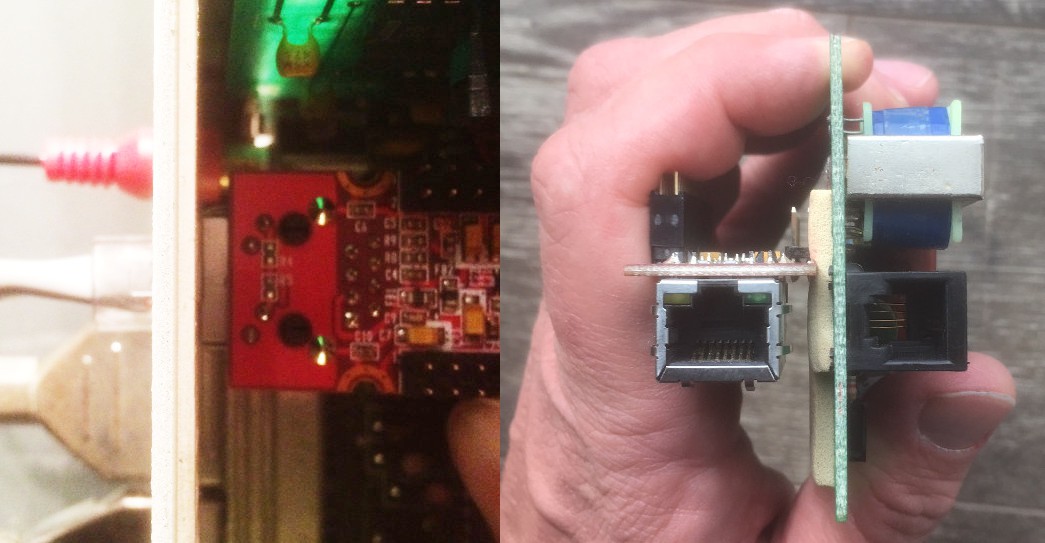
Schematics of the modem are giving us some ideas how we can connect WizNET module to PCjr:
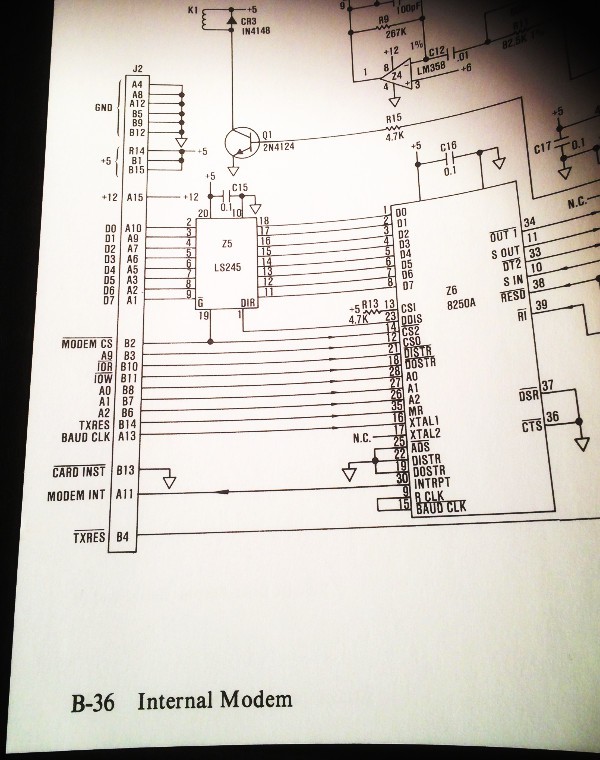
It's not too many signals there
A1 - D7 B1 - 5V A2 - D6 B2 - /MODEM CS A3 - D5 B3 - A9 A4 - GND B4 - /TXRES A5 - D4 B5 - GND A6 - D3 B6 - A2 A7 - D2 B7 - A1 A8 - GND B8 - A0 A9 - D1 B9 - GND A10 - D0 B10 - /IOR A11 - MODEM INT B11 - /IOW A12 - GND B12 - GND A13 - BAUD CLK B13 - /CARD INST A14 - 5V B14 - TXRES A15 - 12V B15 - 5V
It's enough to cover ports 03F8H...03FFH (8 ports total because of 3 address lines) and a single interrupt IRQ4 (that was used for modem on PCjr and it was connected to COM1). Address line A9 is needed to differentiate modem and floppy drive controller because both slots use the same /CS and A9 is the only difference (A9=0 for floppy and A9=1 for modem). Signal /CARD INST should not be grounded in our case, because PCjr BIOS is checking that modem card is inserted using that signal and starting to initialize UART:
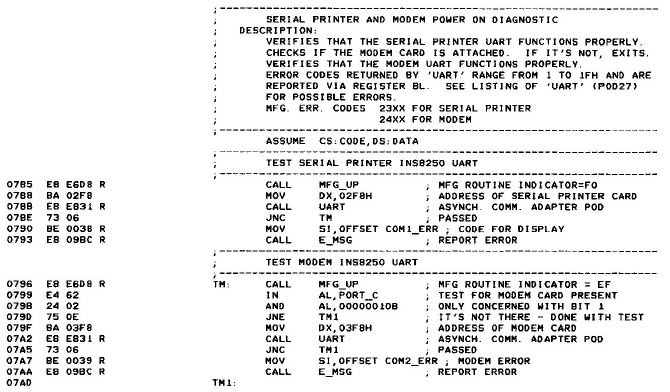
WizNet module that I plan to use is WIZ812MJ and it has chip W5100 on board that is able to work in so called "indirect mode" when internal 32KB memory are accessible not through full-scale 15-bit address bus, but through 4 registers (addressed by only 2 address lines) and I plan to use exactly this because of lack of address lines in modem slot of IBM PCjr.
 SHAOS
SHAOS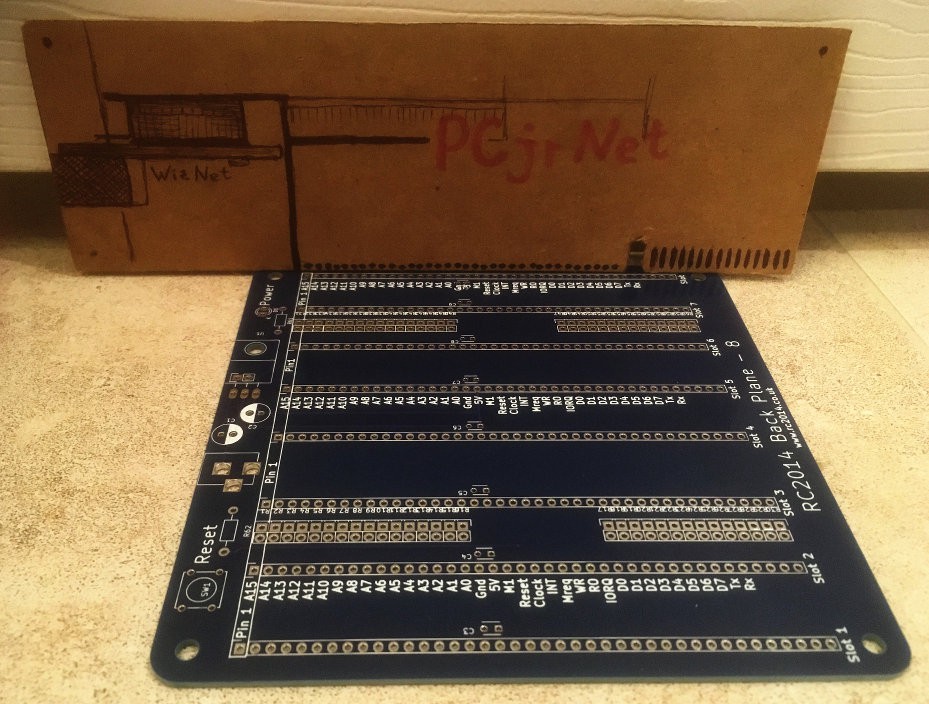
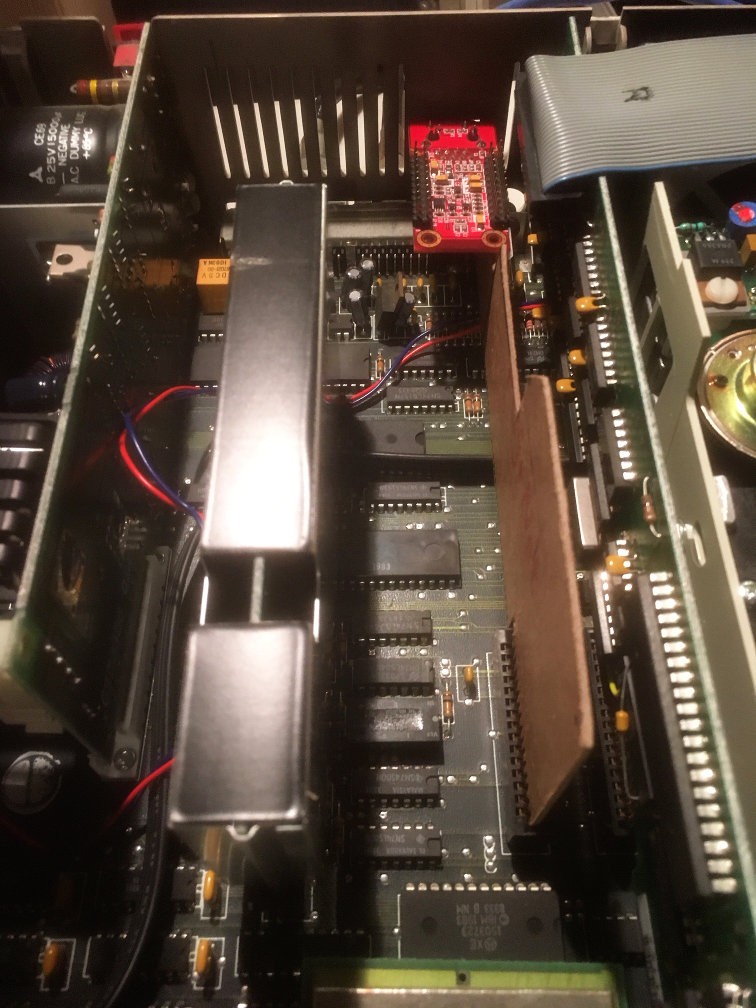
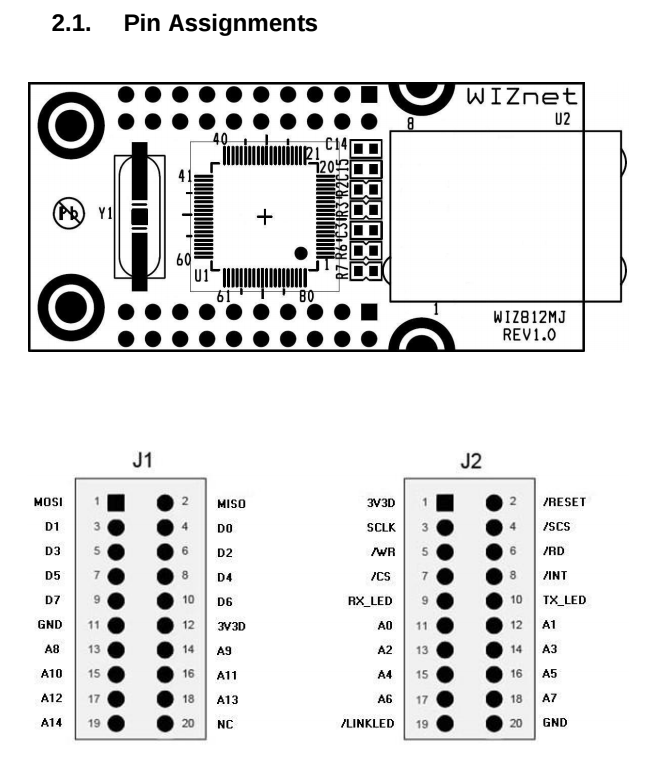
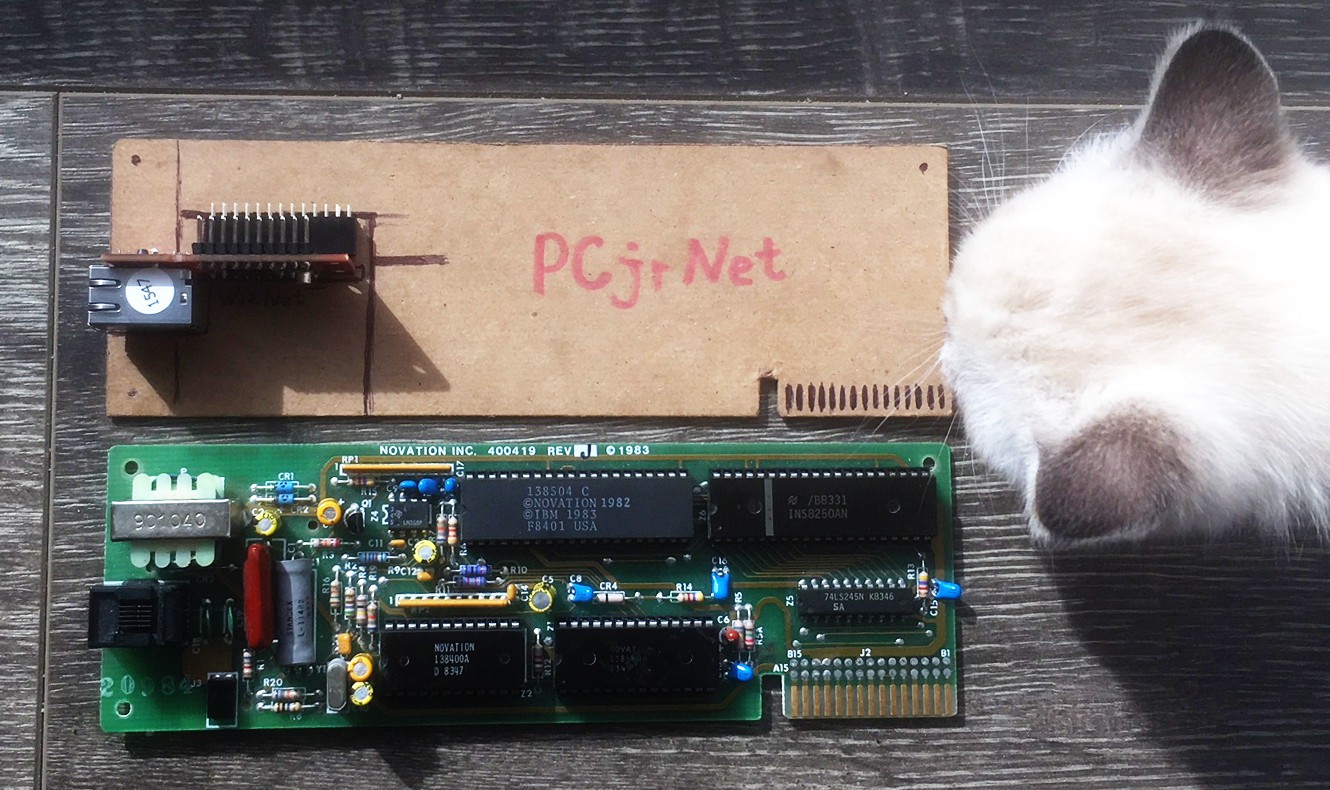

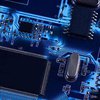


it is just a great informations us. thanks for sharing and check also https://apkcircle.net/riwo-modz-ml-apk-v1-2-download-latest-version-for-android/